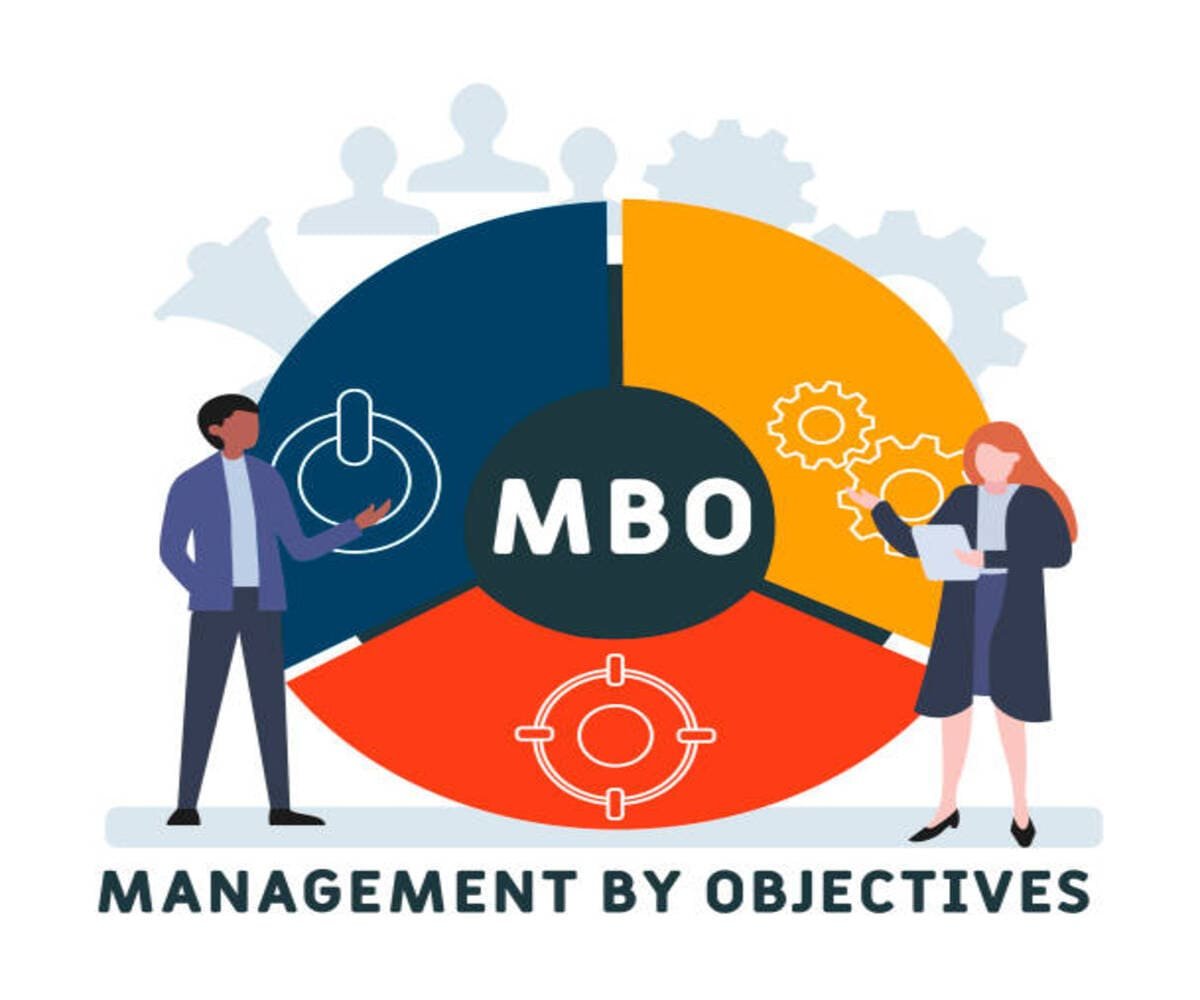Introduction
Management by Objectives (MBO) is a results-oriented approach where managers and employees collaboratively set specific, measurable goals to enhance organizational performance. This structured framework ensures alignment between individual efforts and corporate objectives, fostering accountability and efficiency.
In this article, we explore the principles of MBO, its policies and strategies, scope, and the formulation process to understand its role in business management.
Understanding Management by Objectives (MBO)
MBO, introduced by Peter Drucker, emphasizes goal-setting, participative decision-making, continuous monitoring, and performance evaluation. It aligns organizational objectives with individual responsibilities, improving overall efficiency and motivation.
Key Features of MBO:
- Goal-Oriented Approach – Focuses on setting clear, specific, and achievable objectives.
- Participative Decision-Making – Employees are actively involved in setting and achieving goals.
- Performance Measurement – Regular progress reviews ensure accountability.
- Result-Driven Culture – Encourages efficiency, productivity, and strategic focus.
Policies and Strategies in MBO
MBO Policies
Policies in MBO serve as guiding principles to ensure systematic goal-setting and execution. Key policies include:
- Clarity of Objectives – Goals must be specific, measurable, achievable, relevant, and time-bound (SMART).
- Employee Participation – Encourages involvement of all levels in the goal-setting process.
- Performance Monitoring – Regular assessment and feedback mechanisms are integrated.
- Accountability Framework – Clearly defines roles, responsibilities, and expected outcomes.
- Adaptability and Flexibility – Policies should allow for adjustments based on changing circumstances.
MBO Strategies
To implement MBO effectively, businesses use various strategies, including:
- Cascading Goals Strategy – Aligns organizational, departmental, and individual goals.
- Balanced Scorecard Approach – Integrates financial and non-financial performance metrics.
- Key Performance Indicators (KPIs) – Establishes measurable success criteria.
- Performance-Based Incentives – Links rewards to goal achievements.
- Continuous Feedback Mechanism – Ensures real-time adjustments for efficiency.
Scope of MBO
MBO is widely applicable across various organizational functions, including:
- Corporate Strategy Development – Aligns long-term goals with market trends.
- Human Resource Management – Enhances employee motivation, training, and performance evaluation.
- Financial Planning – Focuses on revenue growth, cost control, and profitability.
- Marketing and Sales – Targets market expansion, brand positioning, and customer engagement.
- Operations and Productivity – Streamlines processes for efficiency and quality enhancement.
Formulation of MBO Process
Implementing MBO involves a systematic approach, which includes:
1. Goal Setting
- Define objectives in alignment with organizational mission and vision.
- Ensure objectives are SMART (Specific, Measurable, Achievable, Relevant, Time-bound).
2. Employee Participation
- Involve employees in setting goals to increase commitment.
- Promote open communication between management and teams.
3. Action Plan Development
- Develop a structured plan with clear responsibilities.
- Assign key performance indicators (KPIs) for each goal.
4. Performance Monitoring and Evaluation
- Regular progress tracking through performance appraisals and feedback sessions.
- Use data analytics and reports to measure success.
5. Reward and Recognition System
- Link incentives to goal achievement.
- Recognize and reward employees based on performance outcomes.
6. Review and Reassessment
- Analyze results and identify areas for improvement.
- Adjust objectives and strategies as per market and business dynamics.
Benefits of MBO
✔ Improved Performance – Clear goals enhance productivity.
✔ Enhanced Motivation – Employee involvement increases engagement.
✔ Better Communication – Strengthens coordination between teams.
✔ Effective Decision-Making – Data-driven approach improves strategy execution.
✔ Increased Accountability – Transparent performance measurement builds responsibility.
Challenges and Limitations of MBO
❌ Time-Consuming Process – Requires regular monitoring and reporting.
❌ Overemphasis on Objectives – Can lead to rigidity, limiting creativity.
❌ Resistance to Change – Employees may struggle to adapt to structured goal-setting.
❌ Short-Term Focus – Might prioritize immediate goals over long-term vision.
Conclusion
Management by Objectives (MBO) is a strategic management tool that enhances organizational efficiency through goal-setting, participative decision-making, and continuous evaluation. While MBO has its challenges, its structured approach leads to better alignment between individual efforts and business success. By effectively formulating and implementing MBO policies and strategies, organizations can drive sustainable growth and innovation.

